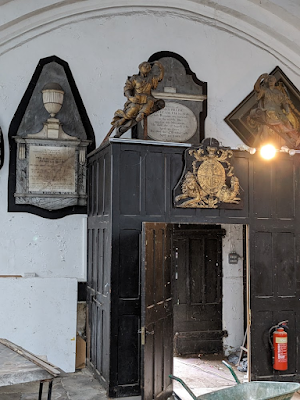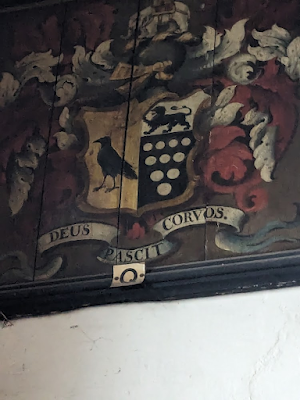The oldest and most fundamental political division can be called “Court vs. Country”. It was first used by Sir Lewis Namier in his investigations of British politics in the 18th century, but can be applied to almost all modern political and social structures.
The Court =
Those who are more or less permanently in power. Their opponents sometimes dub them "the King's Friends", because of their alleged servile and self-seeking support for whoever happens to be the present leader.
The Country
= Those who are, or see themselves as being, permanently excluded from power,
and whose interests are being ignored. Often, they are people with local power
and influence, who resent interference by central government. But, at the same
time, they often have no intention of actually taking responsibility at the
centre: they prefer to grumble.
The fundamental ideology of the
Court is that government must be carried on to protect against lawlessness, and without proper leadership there will be chaos.
There is often a snobbish contempt for the Country
The Country tends to harbour a set of discontented attitudes: that government is corrupt, that its leaders are entirely self-seeking and that there is far too much interference in ordinary people’s lives: taking their hard-earned money and undermining theirfreedom with new and unwelcome innovations. Govenrment should get off our backs!
The
Politicians are a separate group, defined by Namier as those who are sometimes in power, sometimes not. When out of power,
they ally themselves with the Country in order to stir up trouble, wih the aim of either getting themselves recruited to the Court, or of replacing the current Court entirely. When in power, the Politicians often abandon their Country slogans and start to behave like a new Court, to the bitter disillusion of their erstwhile Country supporters! A genuinely "Country" government is so are as to be almost a contradiction in terms.
The English Parliament, from the earliest times, provided a meeting-place for Court and Country. But, unless the Court maintained a majority there, trouble was likely to follow, as shown most spectacularly in the troubles of Charles I!
The Court vs. Country theme can be detected almost everywhere. In the 18th century, both the campaign for American independence began as typical "country" movements, though they soon developed into something different.
In the early days of Nazi Germany, the rank and file stormtroopers were increasingly restive about ahving gained nothing from Hitler's rise to power, and Soviet Russia in the early 1920s witnessed the grumbling of the "workers' opposition" and the armed rising. of the Kronstadt sailors. All these "Country" revolts had to be violently crushed before full dictatorship could be established
In Britain, the prpoganda of both the Brexit campaign and Boris Johnson's appeal in 2019 were strongly "Country", successfully appealing to "the people" against the "ruling liberal elite". Donald Trump's appeal to the voters is entirely "Country", constantly attacking a mysterious and unnamed "elite" who are conspiring firstly to destroy him and then to bring the entire nation to ruin by destroying the people's liberty.
To my mind, Trump, with his lack of any cultural pretensions and his love of Macdonald's hamburgers, is a far more convincing "man of the people" than the highly educated, would-be academic Johnson.
.











